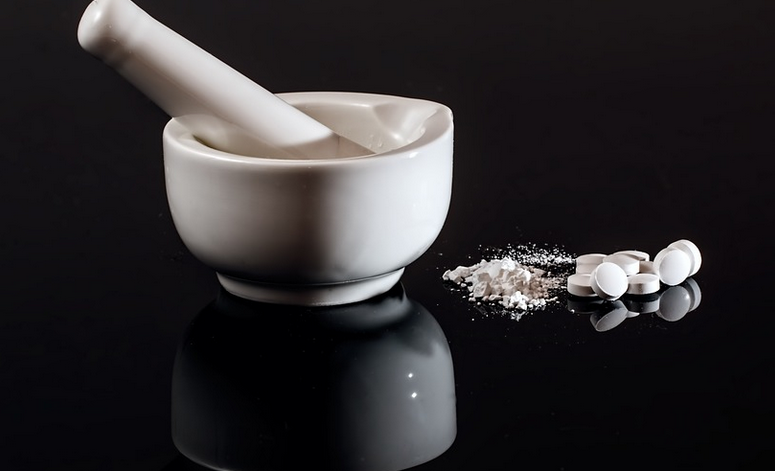Introduction
Acetone cyanohydrin is a chemical compound that has numerous applications in different industries. It is commonly used as an intermediate in the production of various chemicals such as acrylics, methacrylics, and plastics. This article will provide a comprehensive guide on acetone cyanohydrin IUPAC name, properties, uses, and safety precautions.
What is Acetone Cyanohydrin?
Acetone cyanohydrin is a colorless liquid that has a sweet odor. Its chemical formula is CH3C(OH)(CN), and its IUPAC name is 2-hydroxy-2-methylpropanenitrile. It is a highly reactive compound that can easily undergo hydrolysis in the presence of water to form hydrogen cyanide and acetone.
Properties of Acetone Cyanohydrin
Acetone cyanohydrin has a molecular weight of 85.10 g/mol and a boiling point of 123°C. It is soluble in water, ethanol, and acetone. It is a highly reactive and flammable compound that requires careful handling and storage.
Uses of Acetone Cyanohydrin
Acetone cyanohydrin has numerous applications in different industries. It is commonly used as an intermediate in the production of various chemicals such as acrylics, methacrylics, and plastics. It is also used in the manufacture of synthetic fibers, pharmaceuticals, and pesticides.
Health and Safety Precautions
Acetone cyanohydrin is a highly reactive and toxic compound that requires careful handling and storage. It can cause severe skin and eye irritation, respiratory distress, and even death if ingested or inhaled. It is important to use appropriate personal protective equipment such as gloves, goggles, and respirators when handling acetone cyanohydrin.
Conclusion
In summary, acetone cyanohydrin is a highly reactive and toxic compound that has numerous applications in different industries. Its IUPAC name is 2-hydroxy-2-methylpropanenitrile, and it is commonly used as an intermediate in the production of various chemicals such as acrylics, methacrylics, and plastics. It is important to use appropriate personal protective equipment when handling acetone cyanohydrin to avoid potential health and safety hazards.

